Remember when your kitchen counter looked like mission control at NASA? The 1970s brought us gadgets that seemed ripped straight from the pages of Popular Science’s wildest predictions. These weren’t just appliances – they were glimpses into a future that suddenly arrived at our doorsteps, complete with digital displays that glowed like alien technology and buttons that promised to revolutionize our daily lives.
1. The Microwave Oven
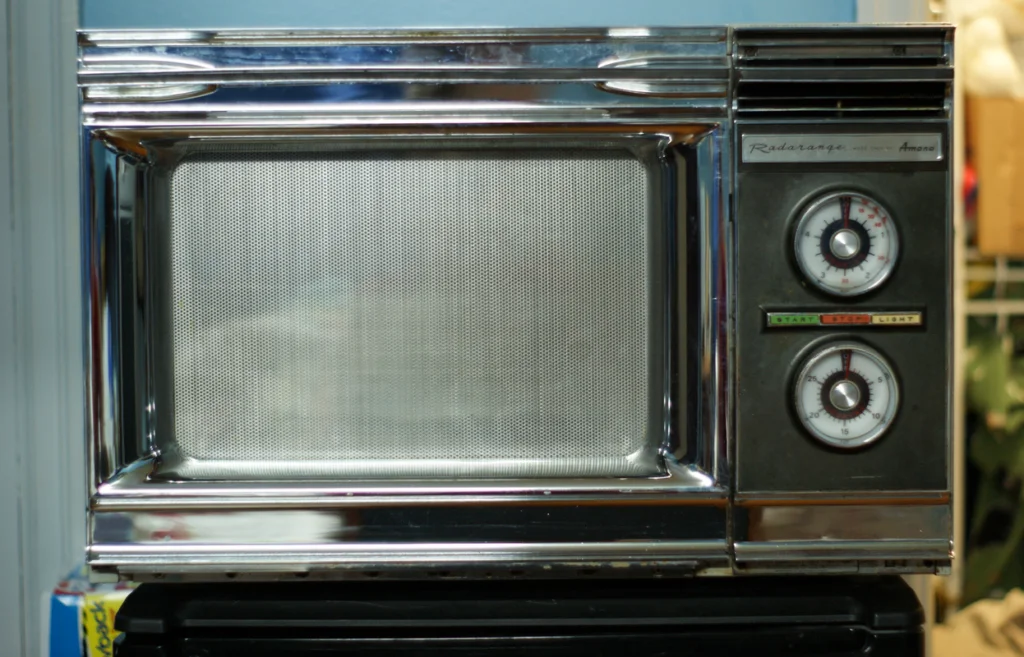
The microwave oven landed in our kitchens like something from The Jetsons, promising to cook food with invisible rays in mere minutes. Amana’s Radarange, which became widely available to consumers in the early ’70s, transformed a 30-pound turkey into dinner in under an hour using mysterious “microwaves” that most of us couldn’t even pronounce properly. Watching that little light illuminate the spinning plate felt like witnessing magic, and the gentle hum suggested we were harnessing the power of the atom itself.
The price tag of around $500 (equivalent to about $3,000 today) made it feel even more space-age and exclusive. Families gathered around these beige boxes like they were watching television, mesmerized by hot dogs that cooked from the inside out and potatoes that exploded if you forgot to poke holes in them. The instruction manual read like a science textbook, warning us about “standing waves” and “electromagnetic radiation,” making every reheated coffee feel like a small victory over the laws of physics.
2. The Betamax Video Cassette Recorder
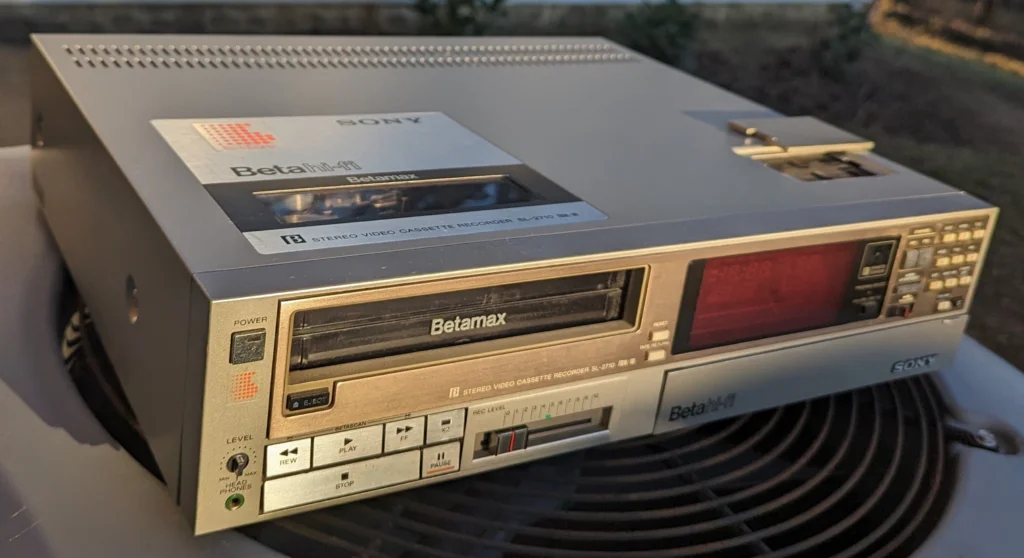
Sony’s Betamax arrived in 1975 like a time machine that could capture television shows for later viewing. The concept was so revolutionary that we had to invent new vocabulary – “time-shifting” became part of our lexicon overnight. Suddenly, missing your favorite program because of a dinner party or late meeting became a thing of the past, and the power to control when we watched TV felt like wielding a magic wand over the entertainment industry.
The sleek silver machine with its precise mechanical whirring sounded like a sophisticated robot hard at work. Loading those small cassettes felt like inserting data cards into a computer from a sci-fi movie, and the ability to rewind, fast-forward, and pause live action seemed to bend the very fabric of time. At nearly $1,300, it was an investment that screamed “welcome to the future,” even if programming the timer required an engineering degree and the patience of a saint.
3. The Atari 2600 Video Computer System

When Atari launched their Video Computer System in 1977, they didn’t just release a gaming console – they opened a portal to digital worlds that existed inside our television sets. The wooden-grain console with its array of switches and that iconic orange button looked like something you’d find on the bridge of the starship Enterprise. Suddenly, our living room TV could transform into a tennis court, a battlefield, or a mystical adventure land with the simple insertion of a cartridge.
The graphics might look primitive by today’s standards, but in 1977, seeing those blocky pixels move across the screen in response to your joystick commands felt like commanding an army of electronic soldiers. Games like “Combat” and “Video Olympics” turned family game night into something that belonged in a science fiction novel. The idea that a small plastic rectangle could contain an entire universe of entertainment seemed as impossible as it was thrilling, and at $199, it was like buying a ticket to the digital future.
4. The Cuisinart Food Processor
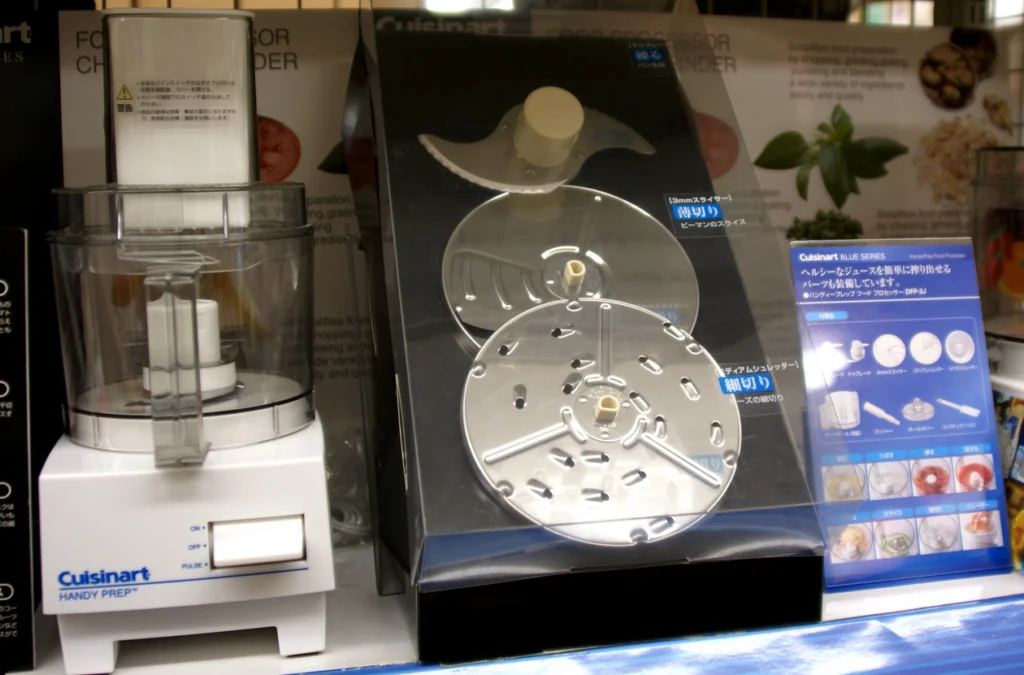
Carl Sontheimer’s Cuisinart food processor, introduced to American kitchens in 1973, looked like a laboratory instrument that had wandered into the wrong room. This clear plastic dome hiding razor-sharp blades could transform a chunk of cheese into perfectly shredded confetti in seconds, making kitchen prep work feel like conducting a controlled scientific experiment. The motor’s powerful whir suggested it could probably blend through steel if you asked it to, and watching vegetables disappear into uniform pieces felt like witnessing molecular gastronomy before we knew what that was.
The sticker shock of $140 (about $800 today) made it feel like you were investing in alien technology, but the results spoke for themselves. Suddenly, making pesto or chopping onions without tears became possible, and dinner parties could feature dishes that looked like they came from fancy restaurants. The instruction booklet read like a manual for operating sophisticated machinery, complete with warnings about proper blade installation and safety procedures that made every use feel like you were handling equipment from the space program.
5. The Digital Clock Radio
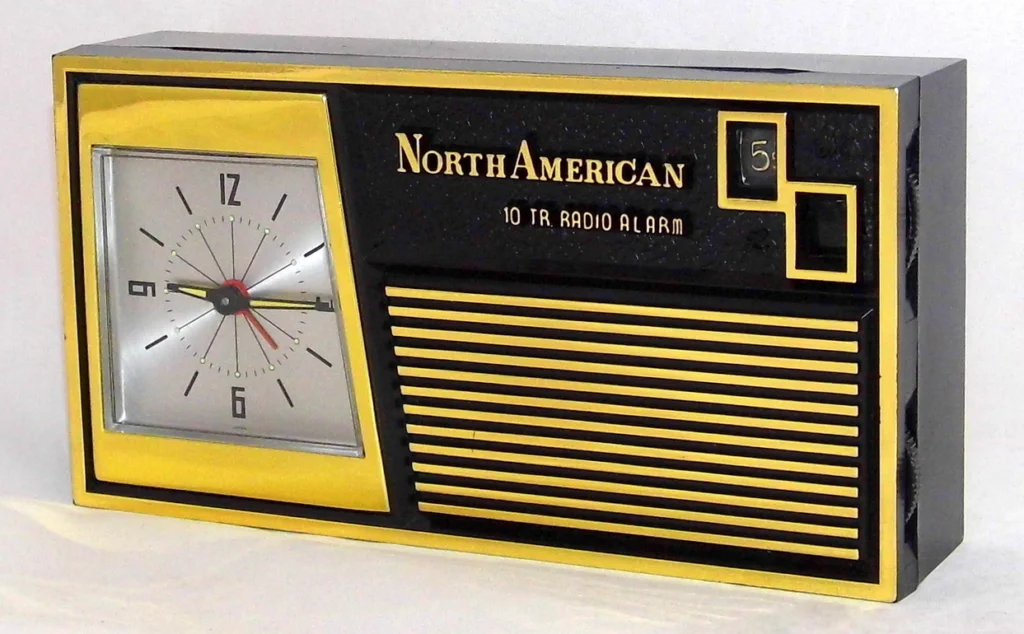
Those glowing red numbers floating in the darkness of your bedroom represented humanity’s first real taste of living with digital displays. The transition from analog clock faces to stark, numerical readouts felt like crossing into a computer-age lifestyle where time itself had been digitized and packaged for our convenience. Waking up to those bright LEDs felt like emerging from a pod in a science fiction movie, and the ability to set two separate alarms suggested a level of time management sophistication our grandparents never could have imagined.
The radio portion added another layer of space-age appeal, with its ability to automatically turn on at predetermined times, filling your bedroom with music as if your house had developed its own artificial intelligence. Models like the Panasonic RC-6025 became bedroom fixtures that hummed quietly through the night, their displays casting an otherworldly glow across the ceiling. The snooze button – a concept that barely existed before digital clocks – became our first real interface with programmable electronics, training us for a future where we’d communicate with machines through buttons and displays.
6. The Polaroid SX-70 Camera
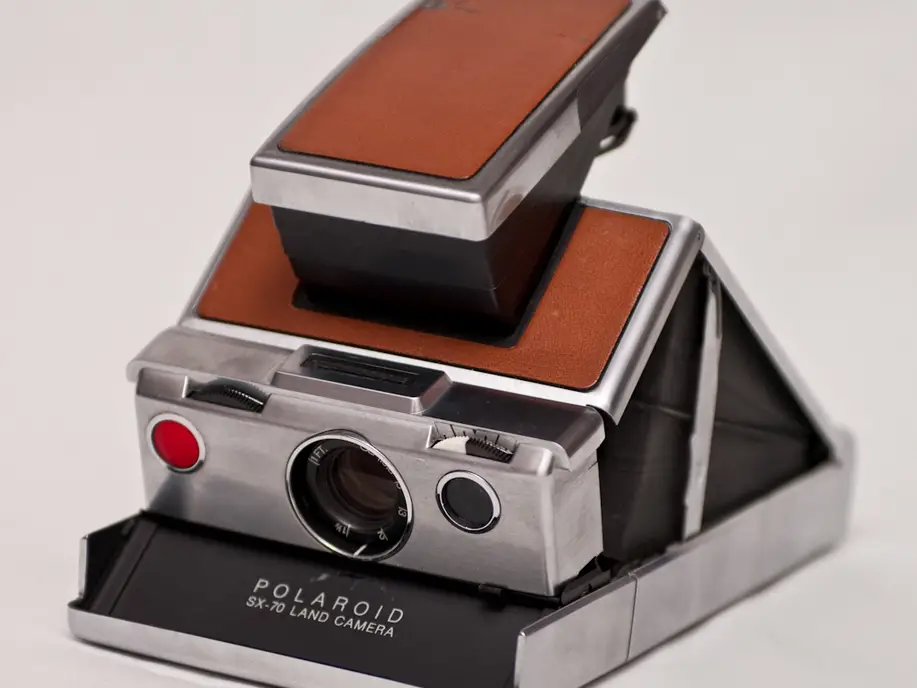
Edwin Land’s SX-70 camera, launched in 1972, collapsed and expanded like a transformer from another dimension, its chrome and leather body folding into impossible configurations that seemed to defy the laws of mechanical engineering. Watching a blank square of film slowly reveal your photograph felt like witnessing chemistry and magic collaborate in real time. The camera’s mirror system and precise engineering made every shot feel like you were operating a miniature space probe designed to capture moments and freeze them instantly.
The photos themselves emerged from the camera’s mouth like Polaroid tongues, initially blank and mysterious before gradually blooming into full color over the course of a few minutes. Shaking the developing pictures became a ritual, even though it didn’t actually help the process – we just needed something to do while waiting for science to work its magic. At around $180, the SX-70 was an investment in instant gratification that made every family gathering feel like a documentation project worthy of National Geographic.
7. The Pong Home Console
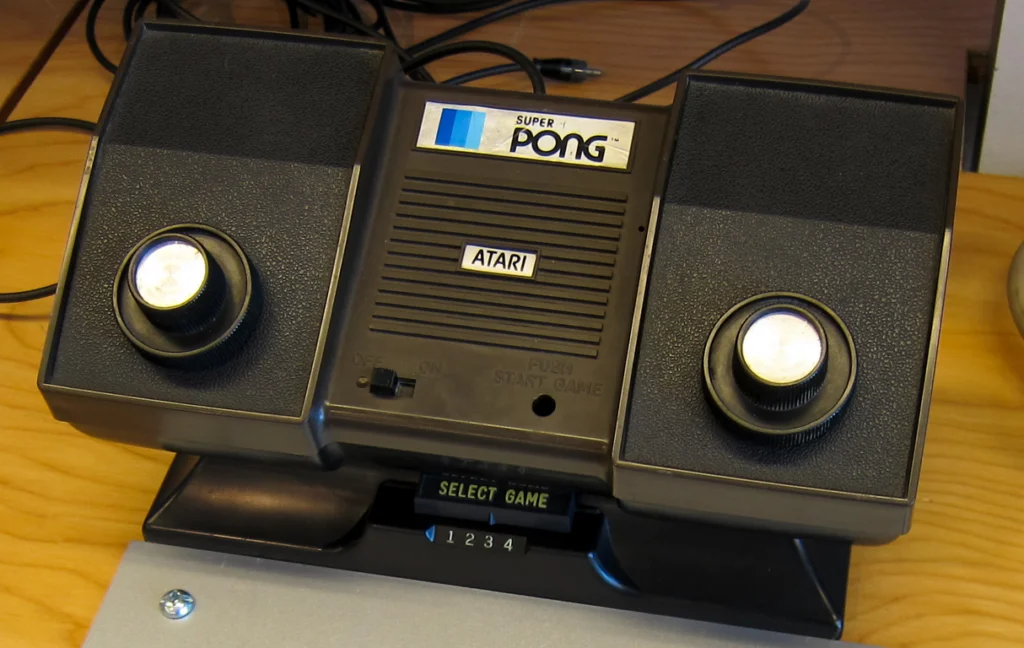
Magnavox’s Odyssey and Atari’s home version of Pong transformed our television sets into interactive playgrounds, proving that the black screen in our living room could be more than just a window for receiving broadcasts. Two white rectangles bouncing a square dot back and forth represented the birth of home video gaming, and the simple act of controlling something on your TV screen felt like reaching through the glass and manipulating reality itself. The experience was so novel that families would gather around these early consoles like they were witnessing the invention of fire.
The stark simplicity of the graphics – white shapes on a black background – somehow made the experience feel more futuristic, not less, like we were interfacing with the raw code of the digital universe. The controllers, simple knobs that controlled the movement of on-screen paddles, represented our first real conversation with computer intelligence. At under $100, these systems democratized interactive technology and planted the seeds for a gaming revolution that would reshape entertainment forever.
8. The Automatic Coffeemaker
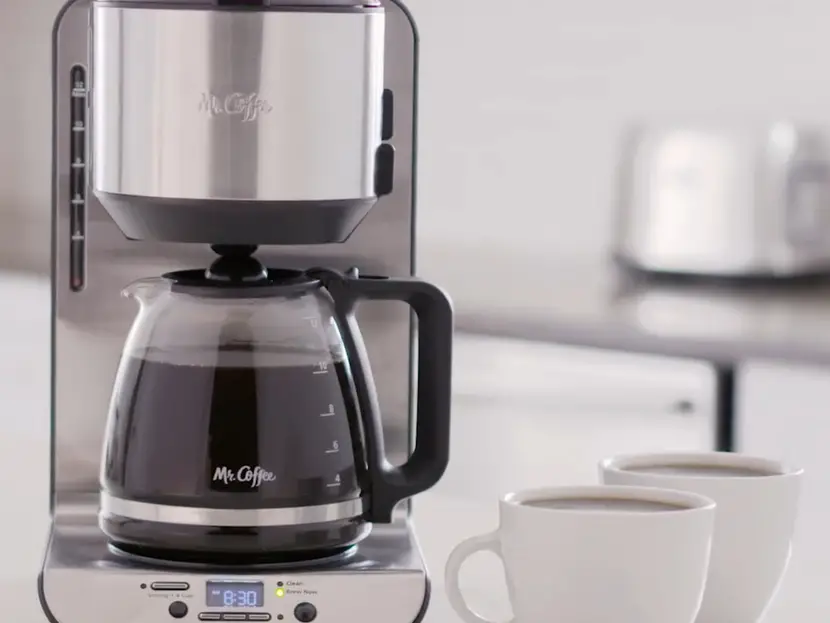
Mr. Coffee’s automatic drip coffeemaker, introduced in 1972 and famously endorsed by Joe DiMaggio, transformed the morning ritual from a stovetop science experiment into a programmable automation process. The idea that you could add water and grounds the night before, set a timer, and wake up to freshly brewed coffee felt like having a robotic servant dedicated to your caffeination needs. The glass carafe sitting on its heated plate looked like laboratory equipment, and the gentle bubbling sounds suggested complex chemical processes were occurring inside its plastic housing.
The programmable timer was perhaps the most space-age feature, allowing you to essentially send instructions into the future for your coffee to begin brewing at a specific time. Models like the WMX-12 featured LED displays and multiple settings that made your kitchen counter look like a control panel from a spacecraft. The reliability of waking up to the aroma of fresh coffee felt like living in a world where technology had finally learned to anticipate and fulfill our basic human needs without any effort on our part.
9. The Electronic Calculator
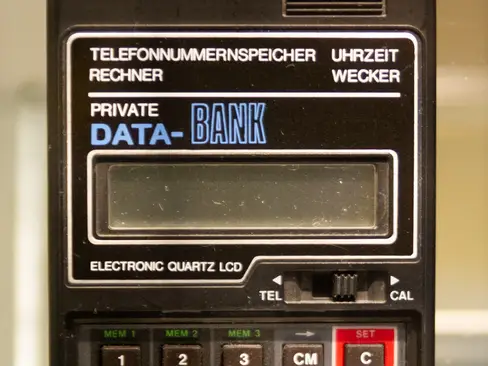
Handheld electronic calculators shrunk room-sized computers into devices you could slip into your shirt pocket, making every student and office worker feel like they were carrying a piece of the space program with them. Texas Instruments’ Pocketronic, introduced in 1970 and refined throughout the decade, could perform calculations instantly that would have required slide rules, pencils, and considerable mental effort just years before. The LED display showing glowing red numbers felt like glimpsing the readouts from mission control at NASA, and the quiet beeping sounds confirmed you were communicating with genuine electronic intelligence.
The price evolution from over $400 in the early ’70s to under $20 by 1975 made these mathematical marvels accessible to everyone, democratizing computational power in ways that seemed impossible just a decade earlier. Students smuggled them into classrooms like contraband from the future, and the ability to solve complex equations with the press of a few buttons felt like cheating the system that had challenged humanity for centuries. The simple act of multiplying large numbers and watching the answer appear instantly represented a fundamental shift in how we related to mathematics and problem-solving.
10. The Garage Door Opener
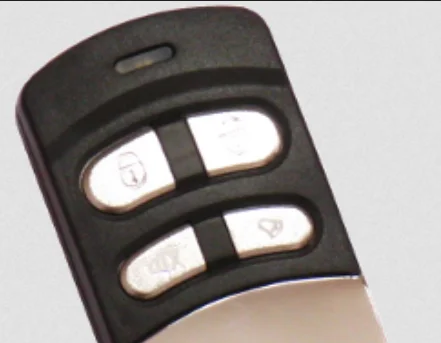
The automatic garage door opener transformed pulling into your driveway from a physical chore into something resembling a scene from a spy movie, where pressing a button caused a massive door to rise obediently at your command. Companies like Chamberlain and Craftsman turned these mechanical marvels into suburban status symbols that suggested your home had been equipped with robotic capabilities. The satisfying whir of the motor and the smooth upward glide of the heavy door felt like operating heavy machinery from the comfort of your car seat.
The remote controls – those chunky devices clipped to your car’s visor – represented some of the first consumer electronics that allowed you to control your environment from a distance. The range seemed magical; you could activate your garage door from halfway down the block, making your house appear to sense your approach like a loyal pet. The safety features, including sensors that would reverse the door if something blocked its path, suggested an almost artificial intelligence that could make decisions to protect your family and property.
11. The Cordless Telephone
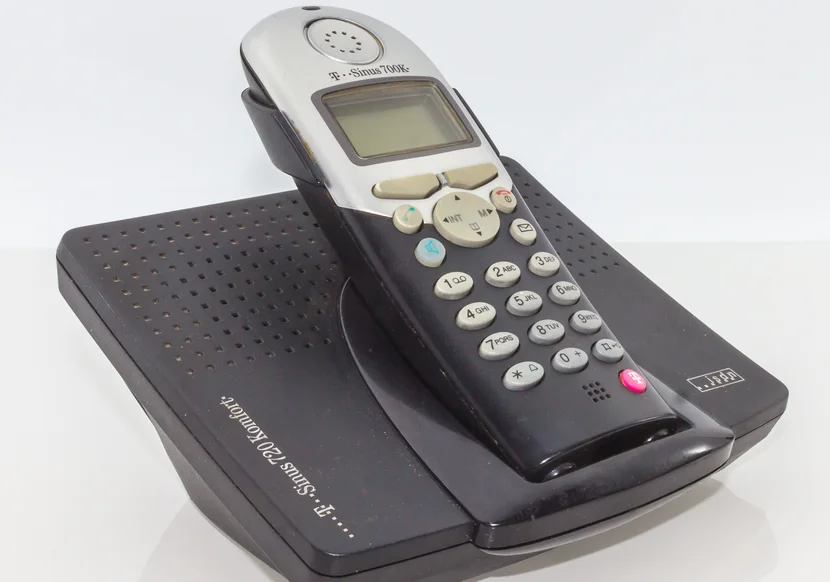
The first consumer cordless phones liberated us from the tyranny of telephone cords, allowing conversations to roam freely throughout the house like voices carried on invisible electronic wings. Models like the Freedom Phone 1000 featured massive antennas that made them look like communication devices borrowed from Star Trek, and the ability to walk outside while talking felt like we’d finally achieved the wireless future promised by science fiction. The base station with its charging cradle resembled a docking port for communication technology from another century.
The sound quality crackled with the static of radio transmission, reminding you constantly that your voice was being converted into radio waves and beamed through the air to reach its destination. The limited range meant you could venture only so far from the base before the signal dissolved into electronic noise, but that boundary felt like the edge of a new technological frontier. At prices starting around $150, these devices represented the first step toward a completely wireless lifestyle that seemed as revolutionary as it was liberating.
12. The Electronic Digital Watch
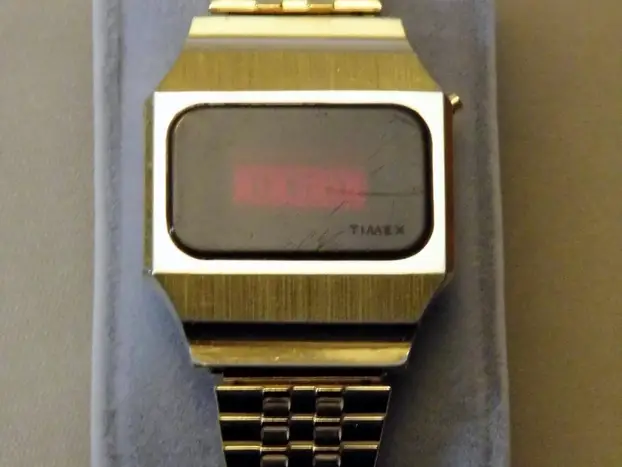
LED and LCD digital watches replaced traditional timepieces with tiny computer screens strapped to our wrists, making everyone feel like secret agents equipped with miniature mission control devices. Hamilton’s Pulsar LED watch, introduced in 1972, required you to press a button to illuminate the time display, making each time check feel like activating a small piece of space-age technology. The stark digital readout floating against a black background suggested you were wearing a fragment of the computer age, and the novelty of time displayed in pure numbers rather than traditional clock hands felt wonderfully futuristic.
The early models consumed so much battery power that checking the time too frequently could drain them completely, adding an element of resource management to the simple act of punctuality. Watches like the Casio F-100, introduced later in the decade, added features like stopwatches, alarms, and date displays that transformed your wrist into a personal information center. The gentle beeping sounds and glowing displays made wearing these devices feel like being constantly connected to the digital future, even if that future was still just barely beginning to unfold.
The 1970s gifted us more than just innovative appliances – they delivered our first real taste of living alongside intelligent machines that could anticipate, respond, and perform tasks that seemed to border on magic. These gadgets didn’t just change how we cooked, cleaned, or entertained ourselves; they fundamentally altered our relationship with technology and planted the seeds for our current digital lifestyle. Looking back, those blinking lights, whirring motors, and glowing displays were the opening notes of a technological symphony that continues to play in our smart homes, smartphones, and connected lives today.
This story The ’70s Were Full of Sorcery: 12 Home Gadgets That Felt Like Science Fiction Come to Life was first published on Takes Me Back.


